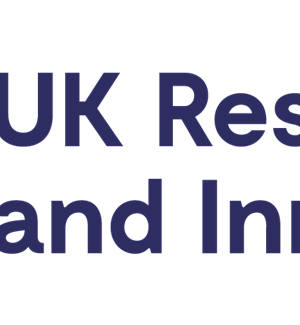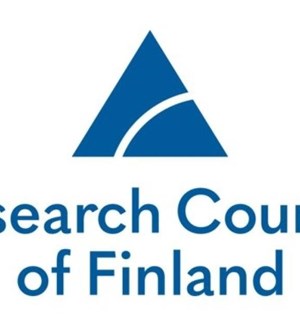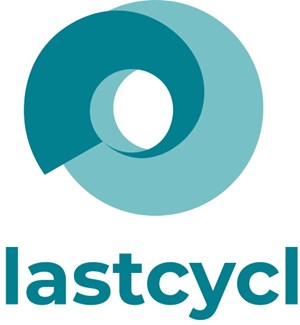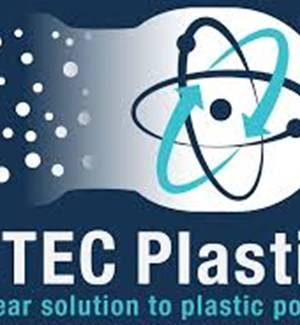- University of Plymouth - United Kingdom,
- Bandung Institute of Technology (ITB) - Indonesia,
- University of Leeds - United Kingdom,
- ICF International - United States,
- Indonesian Institute of Sciences - Indonesia,
- Udayana University - Indonesia,
- Asian Institute of Technology (AIT) - Thailand,
- University of Strathclyde - United Kingdom,
- Imperial College London - United Kingdom,
- Sepuluh Nopember Institute of Technology (ITS) - Indonesia,
- University of Oxford - United Kingdom,
- Indian Institute of Science (IISc) - India,
- Esa Unggul University - Indonesia,
- Airlangga University - Indonesia
Context - Leakage of plastic waste into the environment in Indonesia is amongst the highest in the world. Only 39% of all waste is collected and 6 million tons of waste per annum is either burnt or dumped into the environment where it contaminates the air, soil, ground water, rivers and oceans damaging ecosystems and their services. In 2017, the Indonesian government introduced an ambitious target to reduce marine plastic debris by 70% by 2025. Yet social, behavioral, economic, political and infrastructural challenges hamper progress across the country's 17,000 islands. Production and consumption of plastic and plastic leakage are driven by multiple linked human decisions and practices that are not easily disentangled into specific, manageable problems. We need a better understanding of the nature of these individual aspects and that of the relationships that link them together. Aims - To address this challenge, we will conduct a scientific research programme that brings political, environmental, economic, technical and social disciplines together to understand and address the causes of failures, rather than treating the symptoms. Objectives - 1) We will research sources, pathways and fate of plastic waste in the environment, using state of the art modelling of plastic use, waste generation and littering to estimate the volumes of plastic flows reaching the land, rivers and seas around Indonesia. We will do this at national scale and in more detail at two case study sites in Pasuran, East Java and Jembrana, Bali. We will use this data to identify hotspots to prioritize sites for calibration and validation of the model and to inform government intervention programmes 2) We will calibrate and validate the models by doing litter surveys at a range of hotspot locations to count and categorize different items of waste and litter from the point of release into the environment and at increasing distances from the source to the sea. 3) We will examine impacts of plastic waste leakage on ecosystem services, ecosystem functions and social and economic structures. 4) We will use focus groups and surveys to increase our understanding of human behavioural and cultural factors associated with the consumption, use and disposal of plastic products 5) We will harmonise the collection of various mass and monetary data types under an analytical framework that seeks to assess the complex value of plastic flows positive (profit, benefit) or negative (cost, impact). Considering all environmental, economic, social, technical and political domains the framework allows for a whole-system assessment to support informed decision-making. Optimisation of the system not only facilitates the recovery of plastic resources but also ensures that impacts on society and the environment are fully considered. Using advanced modelling approaches within this framework, we will identify the most effective points to intervene, in order to create value from plastic waste and maximise the efficiency of identified solutions. 6). We will involve users and multiple stakeholders in "living laboratory experiments" co-creating, testing and observing new solutions and organizational structures. We will examine integrated sets of design interventions (at product, business model, behavior change, waste management levels), pproviding guidance as to where successful interventions can be made, and indicating how changes in the political and legal framework can be instrumental in the better management of resources at different levels of the economy. Benefits - Our multi-stakeholder team includes action delivery partners who are designing and implementing change programmes on the ground and local and national governments. Our research is designed to inform and add value to these programmes, driving inter-connectivity between academia and government, established public-private partnerships, implementation programmes.
Want to analyze based on this project via our analysis tool? Analyze this project
Knowledge Gaps
Environmental fate and behavior of plastic
Environmental exposure
Human and environmental exposure test methods
Effects assessment-general
Tools to limit release





